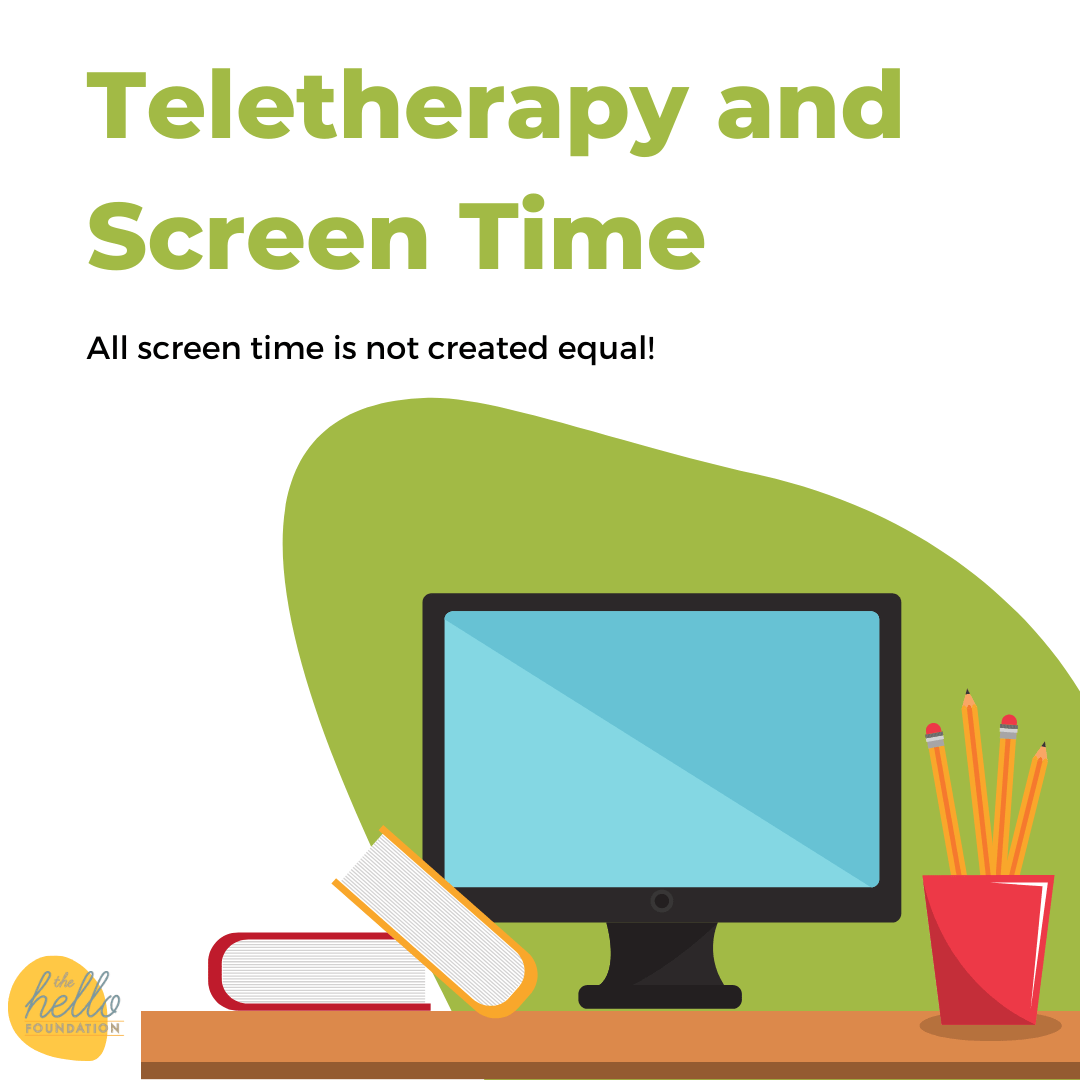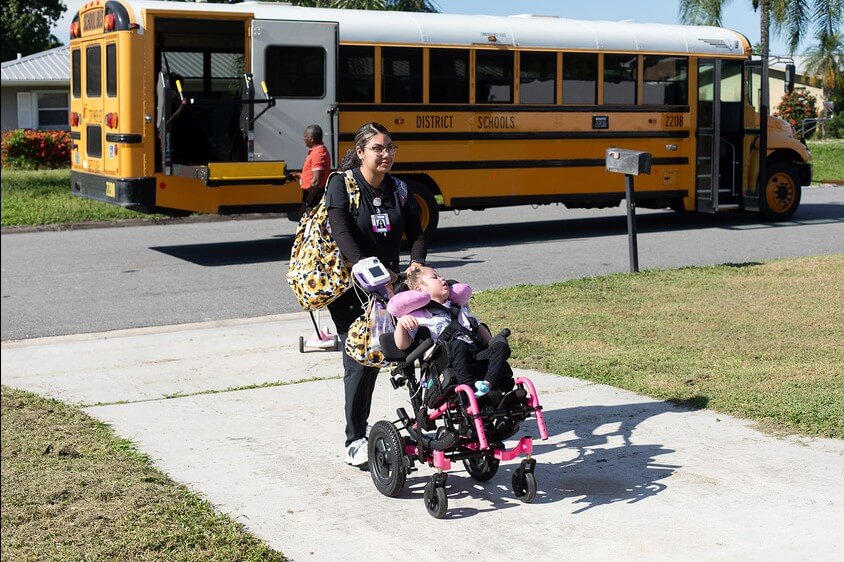Navigating screen time is one of the biggest challenges facing educators and parents today. There has never been a one-size-fits-all answer and the situation got much more complicated once Covid arrived on the scene. Prior to March 2020, it was not uncommon to hear refrains of “We’re trying to cut down on screen time, and now therapy is going to be on a screen! How can that be a good thing?” when the idea of teletherapy was brought up. When screens became our lifeline and our academic, extra-curricular, social, and leisure activities all moved into the virtual sphere, we all learned how screens can be a good thing. This has forced the screen time conversation to evolve towards something that telepractioners have been saying for years: all screen time is not created equal. As Joanne Orlando wrote in a piece earlier this year, “screen ‘time’ gets all the airplay,” but there are actually two other, equally important factors when we’re considering screen time for kids. Let’s look at those two other factors she described and their implications for telepractioners.
The Quality of Screen Content
Pre-pandemic research showed that increased screen time is associated with ADHD, depression, and obesity, and that limiting screen time, along with maintaining regular sleep and exercise schedules, leads to better cognition. On the other hand, research also reported that the use of tablets or Google Classroom positively impacted student outcomes in the form of increased student engagement, participation, and learning. These seemingly conflicting findings were teased out by a recent study from Australia that showed us that how kids interact with technology is at least as important as the time they spend on the screen. In other words, there is a clear difference between the passive interaction of a child watching YouTube videos automatically cueing up one after another and the active engagement required to create new content with peers, interact with primary resources, or talk to a live person on video.
Key takeaway for telepractioners: When lesson planning and choosing activities, it’s important to emphasize engagement. Ask yourself how your activities require a child to think, create, and interact. Therapy time should be qualitatively distinct from playing a game, using an app, or watching a video.
The Quality of Human Engagement on Screen
Orlando states that “co-engagement” is the other important factor when considering the quality of screen time, and offers that interacting with someone virtually fits the bill. One study looking at the implementation of tablets in high school classrooms identified the important role of the teacher-innovator, indicating that lessons presented in new ways thanks to the possibilities of technology lead to positive outcomes for students. Another study looked at using technology in storybook reading to preschoolers and likewise identified the content and instruction as the most meaningful part of the interaction, regardless of medium (in-person vs. on video). This kind of information highlights the importance of clinical expertise in implementing telepractice.
Key takeaway for telepractioners: There is nothing magical about telepractice that can replace a good clinician. Our therapy time, whether online or in-person, is most effective when we have invested in a relationship and built a connection.
In discussing concerns about screen time with teachers and families, telepractice clinicians can emphasize that the same features that make therapy effective also make this kind of screen time a positive addition, rather than a detriment to the learning environment. Online therapy sessions in a small group or 1:1 setting offer students unique opportunities to interact with an adult. The activities are specific to their needs and at their level, and the attention is 100% on them! In an ideal world, maybe teletherapy screen time could take the place of other screen time entertainment, but even when it doesn’t, it is the responsibility of clinicians to make the interaction meaningful, engaging, and positive – just like in-person therapy!






